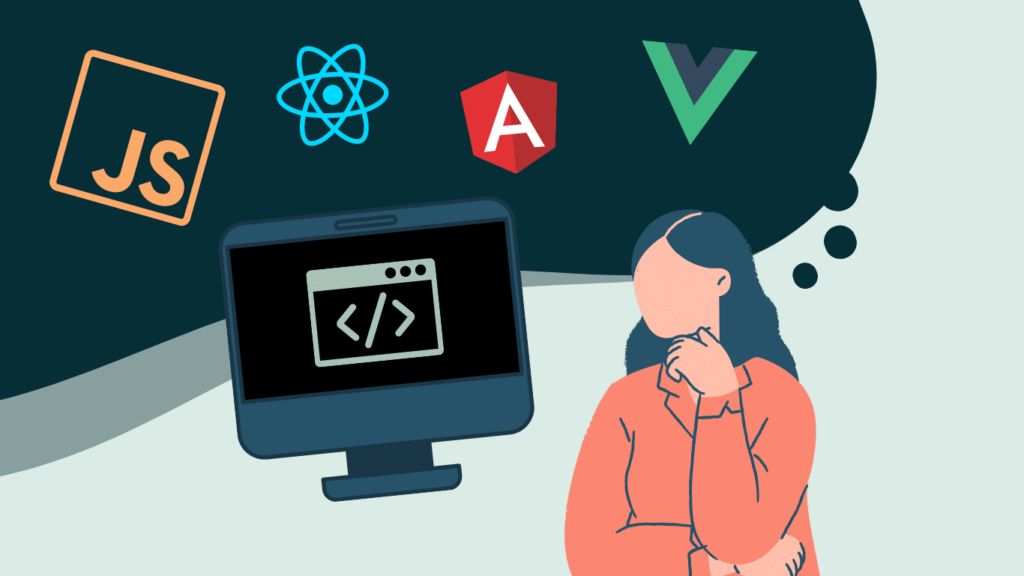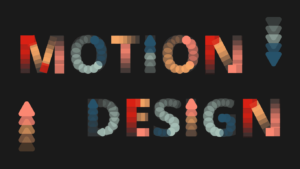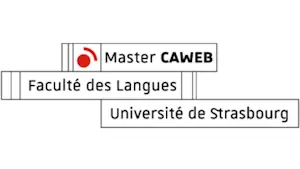The 5 Best JavaScript Frameworks to Learn in 2022

When you are job hunting in web development, the sheer amount of different technologies you can learn quickly become overwhelming. What JavaScript framework should I study? What technologies are big companies and recruiters looking for? To guide you through this, we’ve compiled a list of the 5 best JavaScript frameworks to learn in 2022 to find a job in web development.
What is a JavaScript framework?
JavaScript frameworks are usually front-end frameworks that add code, functions, and workflow on top of the vanilla JavaScript. It helps to you easily create websites and applications that manipulate data. Data binding is commonly used and lets you automatically update the HTML you display when you change a variable in your JavaScript code, which makes very fast and intuitive programming.
The biggest websites such as Facebook, Instagram, and Google services are all built using different JavaScript frameworks, which understandably makes them in very high demand right now.
JavaScript frameworks let you build Single Page Applications. They are websites or applications that load their assets only once, when the browser requests them, then load all their new pages without refreshing using JavaScript. It gives the user a slick and smooth navigation.
What JavaScript framework should I learn?
Web development in an ever-changing environment and many JavaScript frameworks come and go. There are two types of frameworks you should focus on: Those which have stood the test of time. And the JavaScript frameworks that are currently the new hot technologies everyone is talking about.
Focusing on those two, gives you the best return for investment of your learning time. A lot of companies are looking for programming skilled in those JavaScript frameworks. They will skyrocket your chances of landing a job.
The top JavaScript frameworks to learn in 2022
React
When it comes to JavaScript frameworks, React, created by Facebook, is the most well-known and the most widely used in the web development industry. Its core is small, but it is highly flexible with a lot of different plugins, such as Routers or State Handlers, to let you customize your application and only use what you need.
The React philosophy is to build a lot of small components and assemble them to create your website. React also uses JSX syntax, which lets you write code closely resembling HTML directly in your JavaScript files to describe your component.
React has amazing documentation and many examples to get you started as fast as possible!
Angular
Developed by Google, Angular is another front-end framework and a pillar of web development. As opposed to React, Angular comes with everything you need and could ever dream of already packed. A considerable advantage for people who don’t want to spend too much time looking for the plugin they require.
Angular is a very complete and thorough JavaScript framework that lets you build very complex components, use multiple inputs and data that you might reuse even through multiple applications. Angular uses two-way binding, which lets you work with data effortlessly. Displaying data and getting user input becomes very easy and intuitive.
Another interesting point is that Angular uses Typescript exclusively. Typescript is easy to learn and makes JavaScript into a strongly typed language, preventing a lot of errors that can occur at runtime.
If you like to have a clean and ordered workspace, then you’re in luck! Angular automatically splits its component into three files: an HTML file for the template, a CSS (or SCSS) file for the styling, and a Typescript file for the logic.
Vue
If you want to get away from front-end frameworks created by big corporations, Vue rounds out the “Big 3” or JavaScript frameworks, and was originally created by only one person!
Vue might not have as much complexity as Angular or as much modularity as React. Still, it is a fast, lightweight framework that also implements two-way binding and lets you create Single Page Applications efficiently.
If Angular or React seem like a big hurdle when starting in the world of JavaScript frameworks-driven web development. Vue offers a simpler syntax and approach, to make it easier to learn. It is an excellent option for your first JavaScript framework.
Svelte
Svelte is the new hot kid on the block, and a lot of web developers are going crazy for it. Tired of having to write long syntax to describe your templates and your component’s logic? Svelte philosophy is to write less code and streamline the creation process.
Svelte is also the first JavaScript framework on this list to not work with Virtual DOM. Instead, it compiles your code into vanilla JavaScript to make your applications blazing fast!
Like Vue, Svelte is much simpler to learn without getting overwhelmed, and is becoming more and more sought after by recruiters and companies.
NestJs
Unlike the four previous entries to this list, NestJs is not a front-end framework, but a node Js framework. Which means that it lets you write your backend in JavaScript, and uniformize your application by using the same language for the front-end and the backend.
NestJs is very complete and lets you do anything you want from a modern backend. You can handle multiple API endpoints with middleware, serve pages templates, use Pipes, Interceptors, and Guards to model your backend. NestJs also has great WebSocket implementation for real-time interactions with the client.
NestJs syntax is very similar to Angular, which lets you uniformize your workflow even more if you are using both.
Conclusion
You can’t really go wrong with any of the JavaScript frameworks listed here. Experiment, see what you prefer, and even learn one or more of them to put all the chances of landing your dream job on your side! We are rooting for you!






